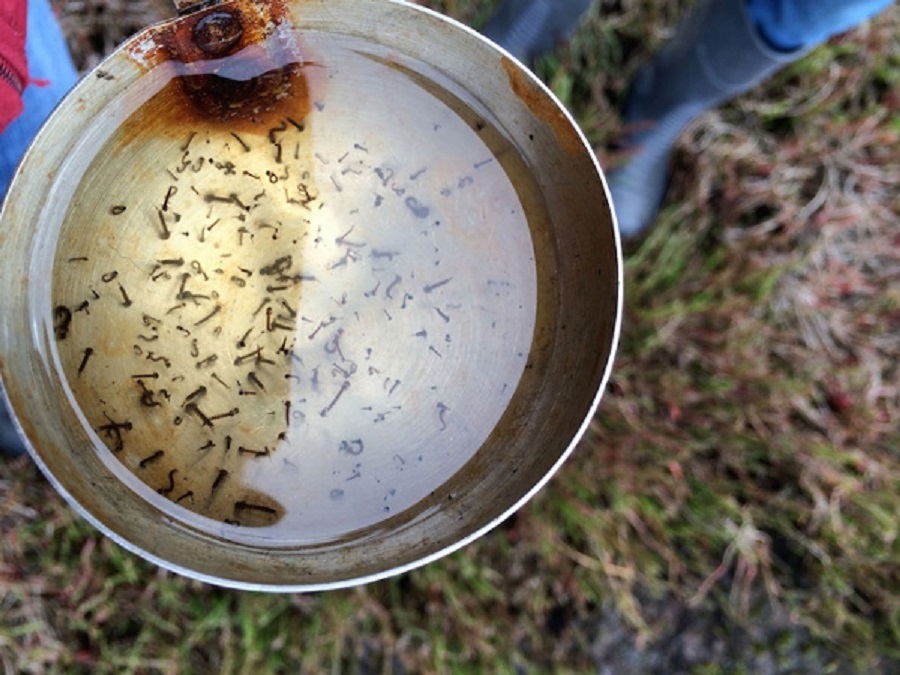RIO DE JANEIRO, BRAZIL – The districts of the city’s West Zone account for more than half of the recorded cases, with a total of 19,117 occurrences. The highest incidence of the disease was in Campo Grande, with 2,645 people infected by the virus in 2019.
Realengo and Bangu, also in the same region, complete the top case neighborhoods in Rio de Janeiro, with 1,921 and 1,774 records, respectively.

Data from the Municipal Health Secretariat (SMS) show that two years ago, from January to November 2017, a total of only 1,691 likely cases of Chikungunya were reported in the municipality of Rio de Janeiro, evidencing a recent increase in records of the disease.
In a note, the Municipal Secretariat of Health (SMS), through the Superintendency of Health Surveillance, reported that “Chikungunya is a disease which was recently introduced in the country and the municipality – only in 2015 – so that the entire population of Rio de Janeiro was prone to infection at that time, as there was no history of immunity from the disease”.
This explains the sharp increase in the number of cases. In the hottest and rainiest periods of the year, conditions that favor the emergence of breeding grounds and the greater occurrence of diseases, the actions of SMS to fight the vector are intensified.
The portfolio’s statement also states that “in addition to fighting the disease, the Municipal Health Secretariat also conducts educational activities throughout the year, in all Primary Care units and their areas, to guide the population on the steps that everyone can take to assist in preventing arboviruses”.
And concludes by alerting that “it is important to emphasize that the most effective way to prevent arboviruses is to prevent the hatching of the Aedes Aegypti, and that 80 percent of hotspots are found in private homes”.
“Therefore, the population’s involvement is crucial, by removing objects from their homes that can serve as water reservoirs, where mosquitos’ breeding grounds are located”.

